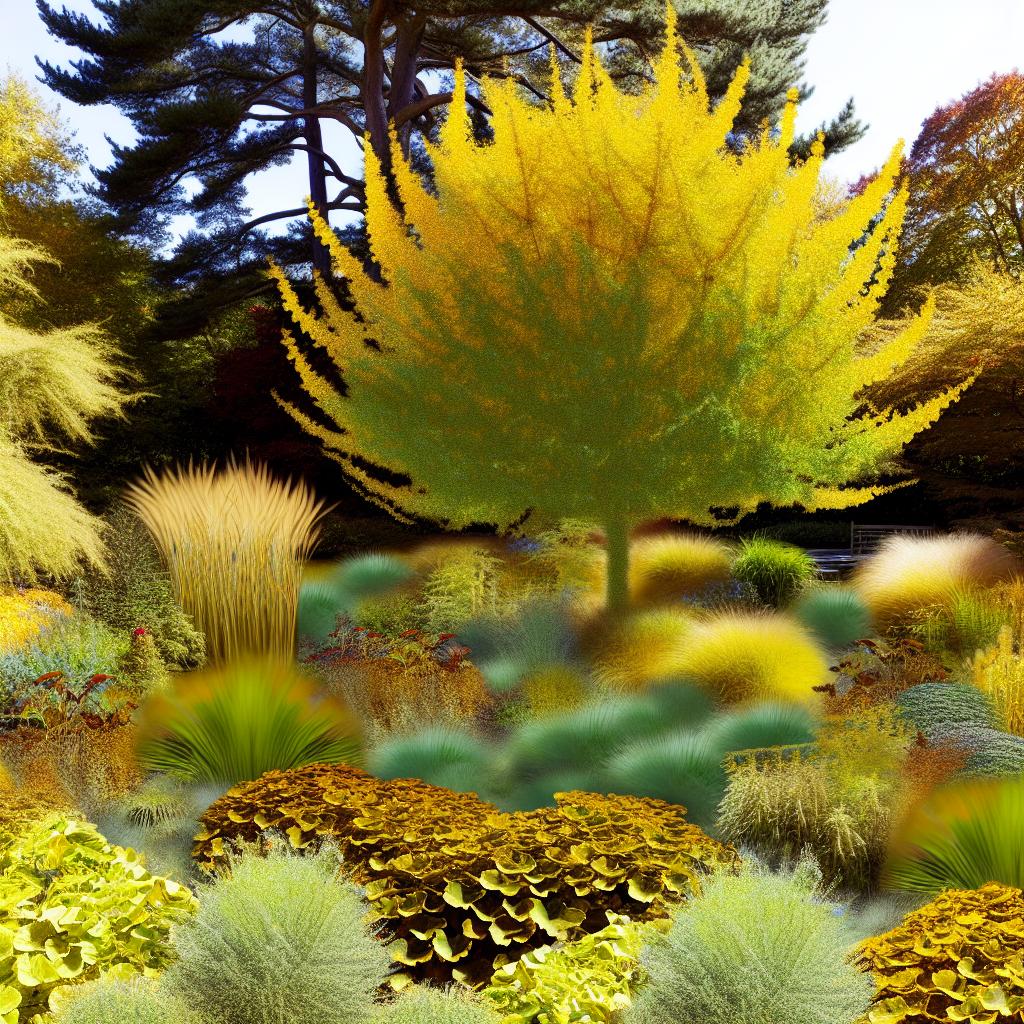Introduction to Ginkgo biloba
Ginkgo biloba, often hailed as a living fossil, is considered one of the oldest tree species still in existence today. This resilient tree has fascinated scientists and botanists around the globe for centuries because of its compelling history and unique characteristics. Originally hailing from China, Ginkgo biloba has been cultivated across the world, not only for its medicinal virtues but also for its distinctive aesthetic charm. Although it stands on its own within plant taxonomy, devoid of any close relatives, Ginkgo biloba still engages with other plant species across diverse environments.
Ecological Niche and Adaptations
The ecological niche of Ginkgo biloba is defined by its incredible ability to adapt and survive in a wide array of environmental conditions. Its formidable adaptability is attributed to various biological features that make it resistant to pollution, pests, and diseases. Such characteristics enable it to thrive in different ecosystems—ranging from urban settings to more naturalized forest landscapes—where it complements the existing biodiversity. Whether in a bustling metropolis or a quiet woodland, Ginkgo biloba fits seamlessly, offering ecological value and adaptability.
Companion Planting and Coexistence
The practice of companion planting with Ginkgo biloba involves placing it alongside other plant species to achieve both an aesthetically pleasing and a scientifically beneficial environment. In urban areas, Ginkgo is frequently chosen for city parks and roadside plantations due to its tolerance of urban pollution. It frequently shares these settings with trees like maple and oak. The distinct leaf shapes and vibrant seasonal color changes of these species can produce visually stunning and harmonious landscapes, which also serve to enhance urban biodiversity. This strategic pairing can elevate the ecological dynamics of the area, creating a multifaceted and engaging environment for both nature and people.
Mutual Benefits and Symbiotic Relationships
Although Ginkgo biloba does not form the direct symbiotic relationships often observed among other plants, it has an undeniable influence on the plant communities surrounding it. One of the key ways it contributes ecologically is through its leaf litter. As the leaves fall and decompose, they enrich the soil with nutrients, a fundamental element in nutrient cycling that benefits neighboring flora. This natural process enhances the growth conditions for plants in the vicinity, creating a thriving community. Moreover, Ginkgo biloba’s ability to cast shade plays a critical role in altering the microclimate of the area. Its shading capability provides a soothing environment that benefits shade-tolerant plants and shrubs situated beneath it. This capacity to modify light and temperature conditions can help foster a more versatile plant community, giving rise to an ecosystem that is both intricate and robust.
Conclusion
Despite Ginkgo biloba’s lack of direct symbiotic connections with other plant species, its presence considerably bolsters its surroundings through ecological contribution and aesthetic enhancement. Incorporating Ginkgo biloba into garden designs or urban landscapes requires an understanding of its interaction potential with other plant species. Such knowledge facilitates the creation of settings that are not only beautiful but also support biodiversity and ecological health. For those keen on exploring more about Ginkgo biloba and its myriad qualities, it is worthwhile to engage with reputable botanical organizations and research bodies that specialize in ancient plant species. These institutions offer a wealth of information and resources dedicated to understanding this remarkable ‘living fossil’ and its place in our natural world. By embracing the insights and benefits provided by Ginkgo biloba, individuals and communities can contribute to creating healthier, more dynamic, and resilient natural habitats.

